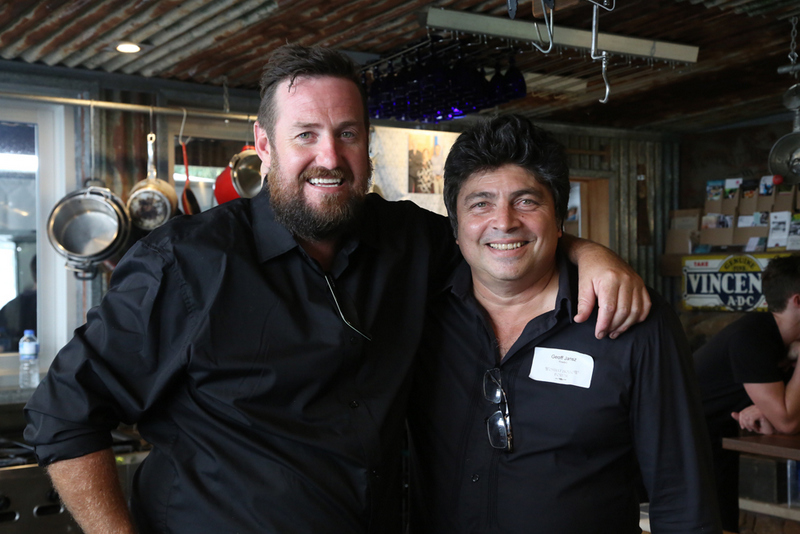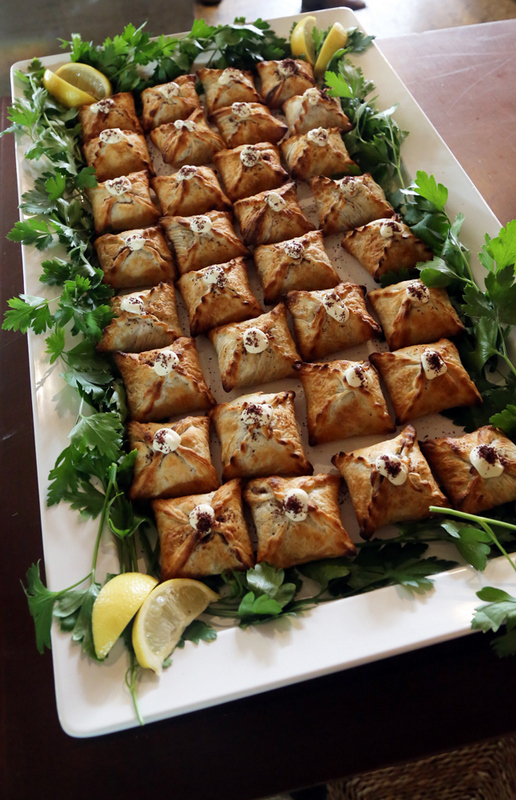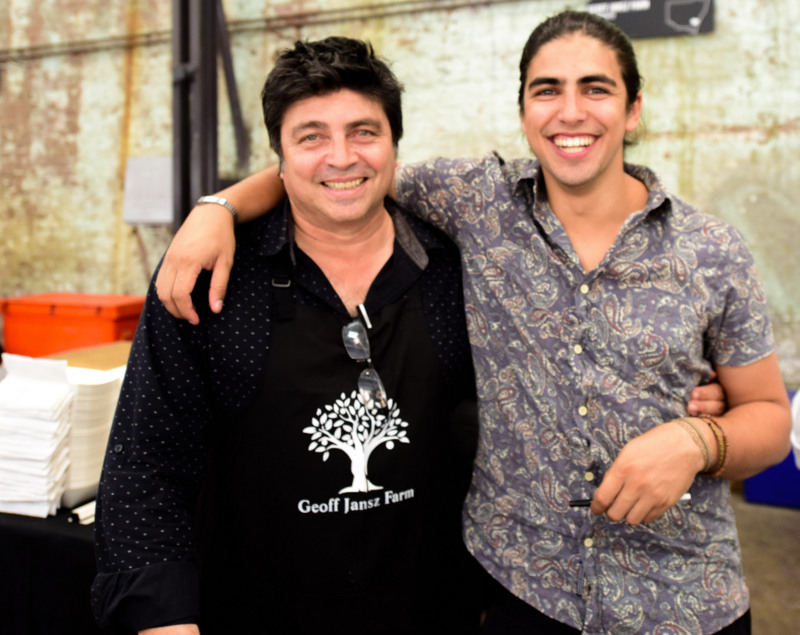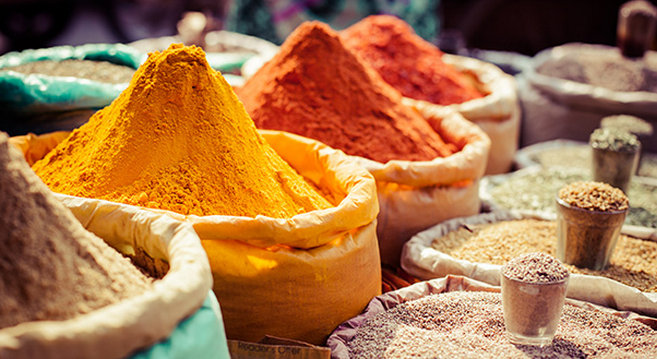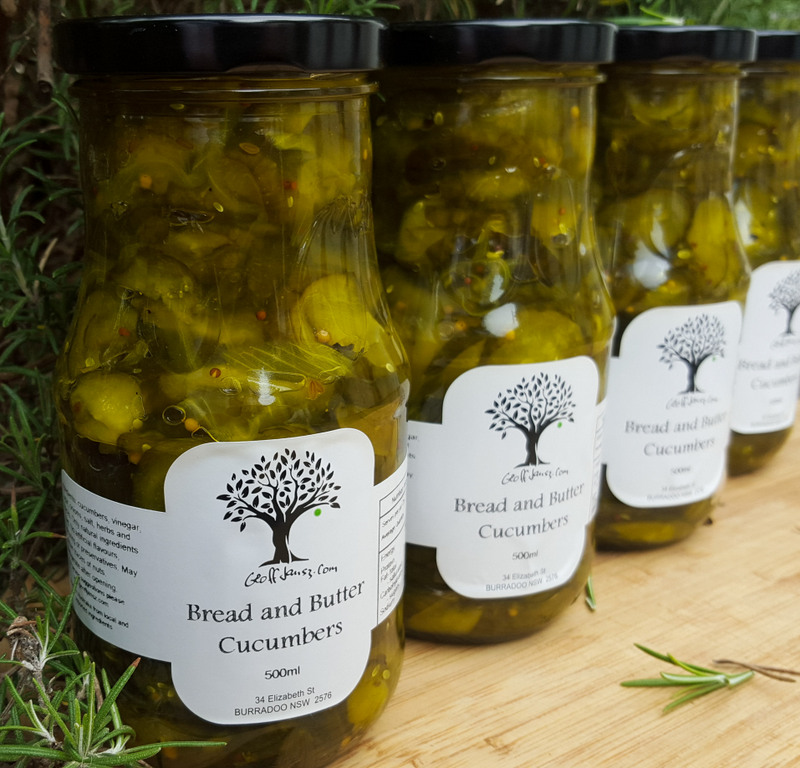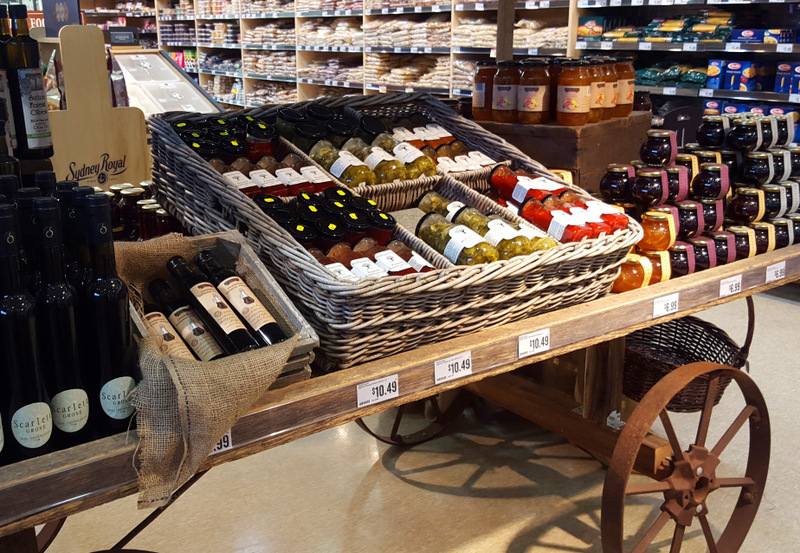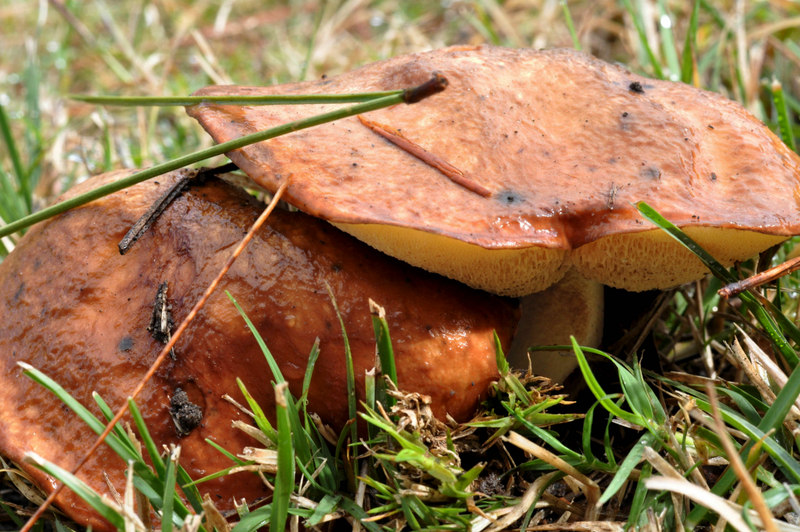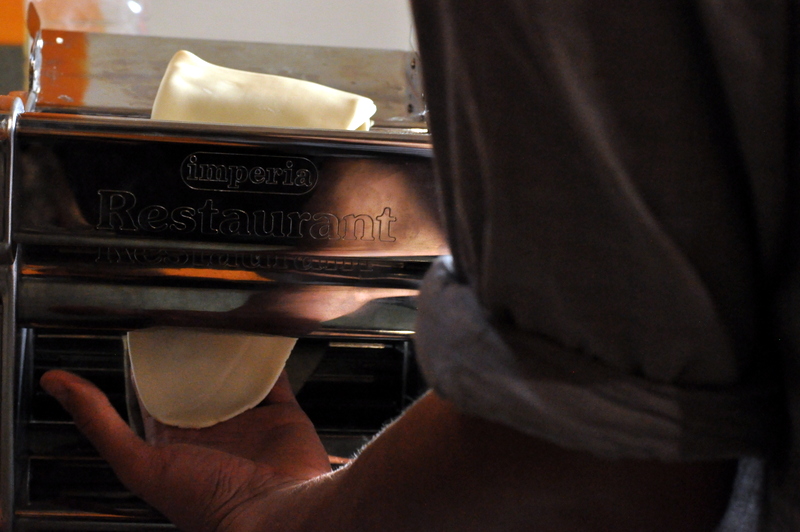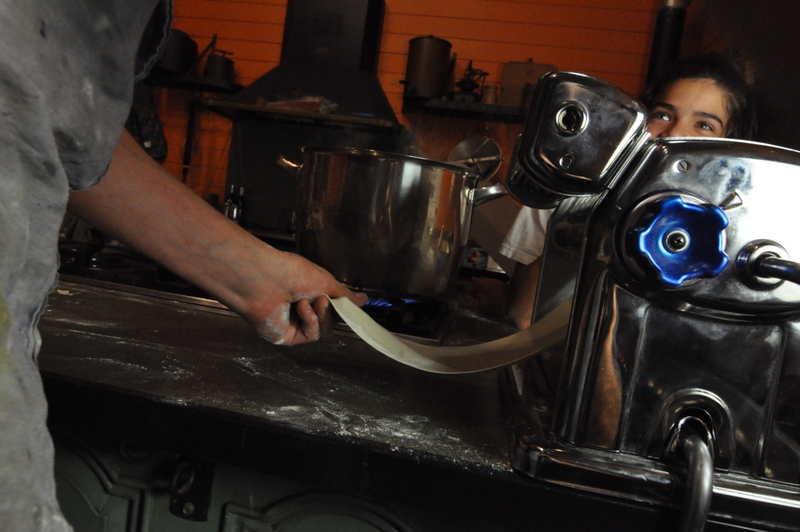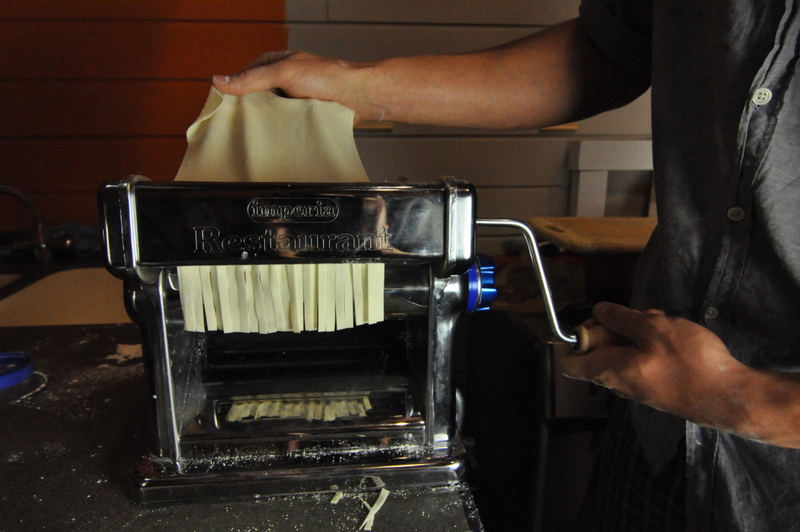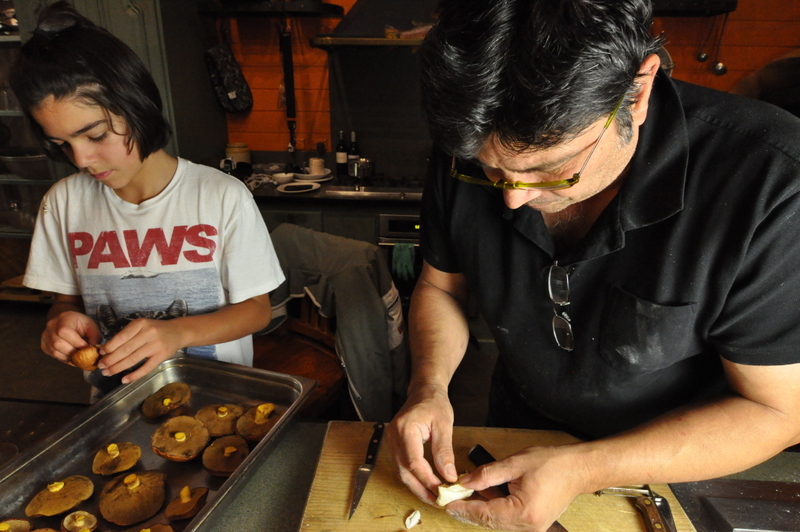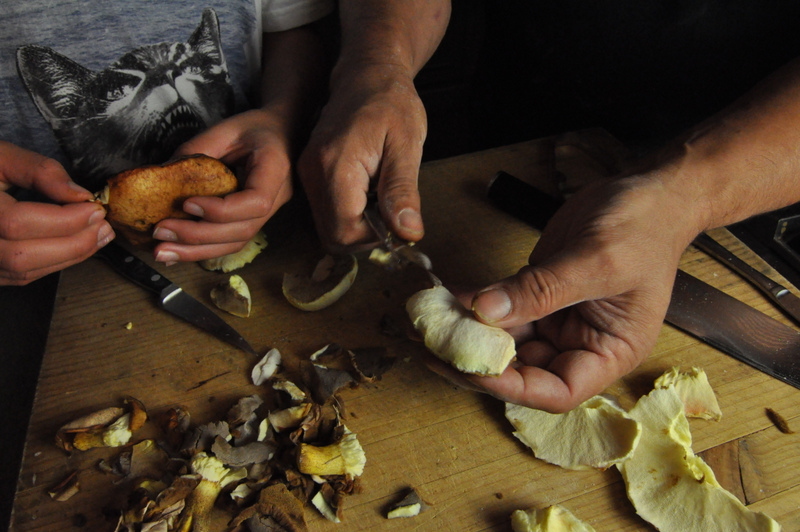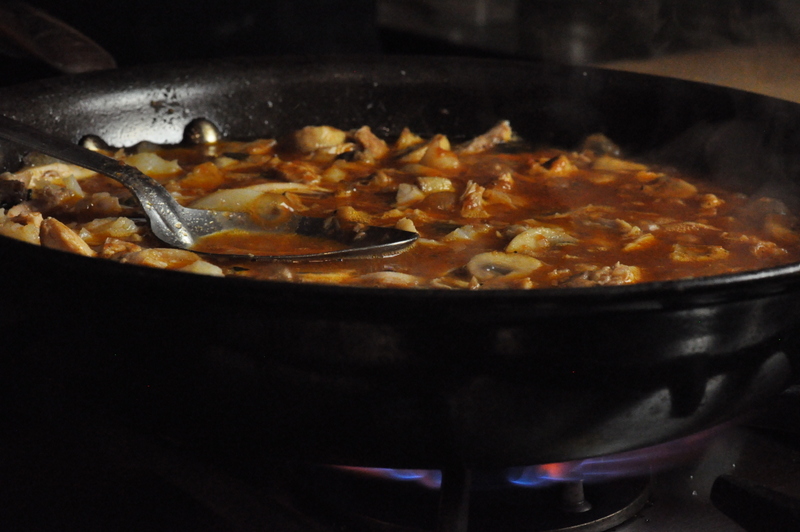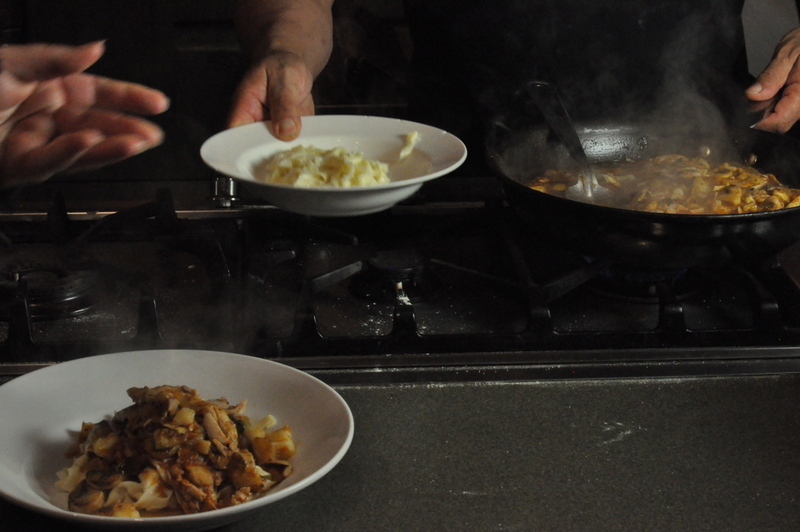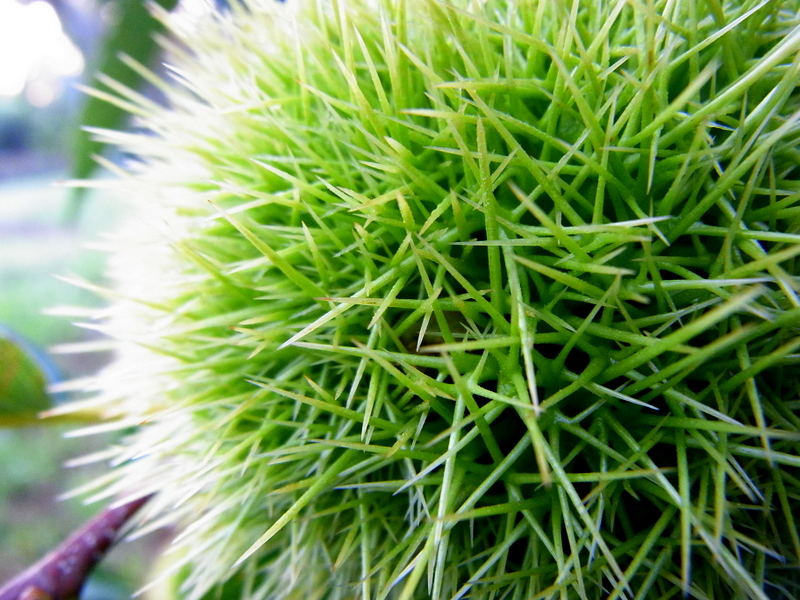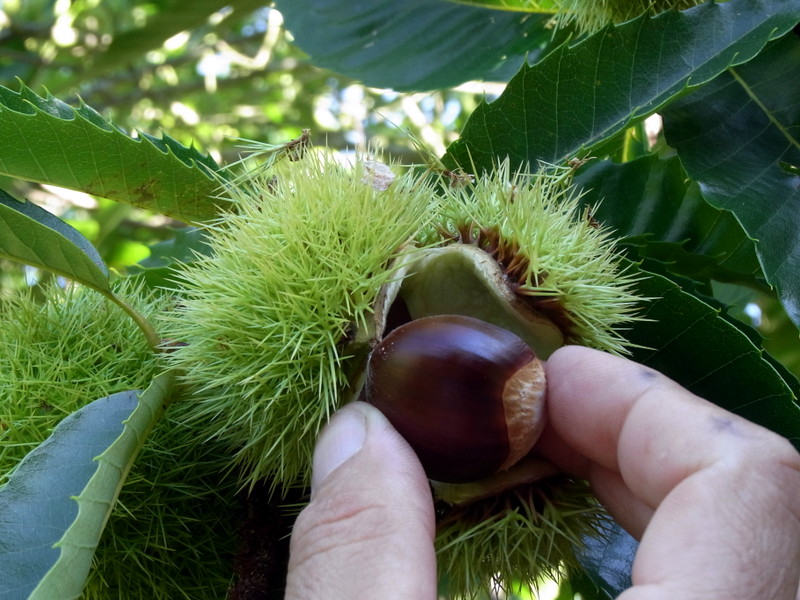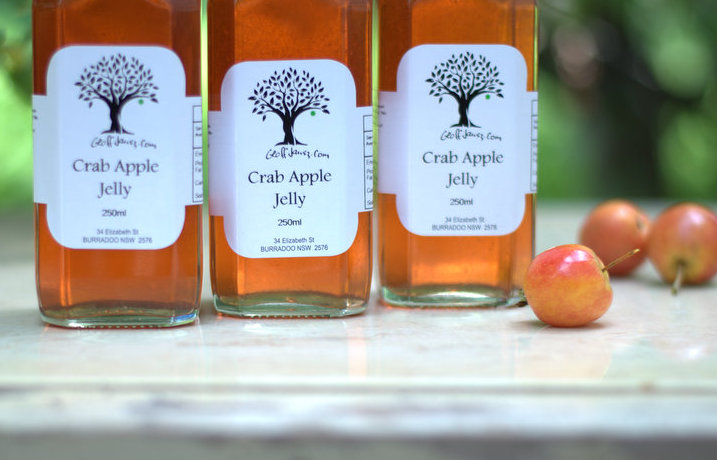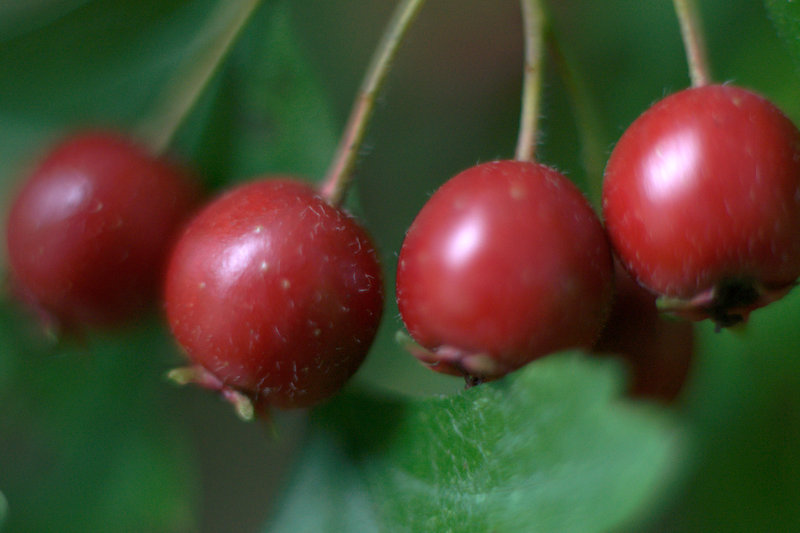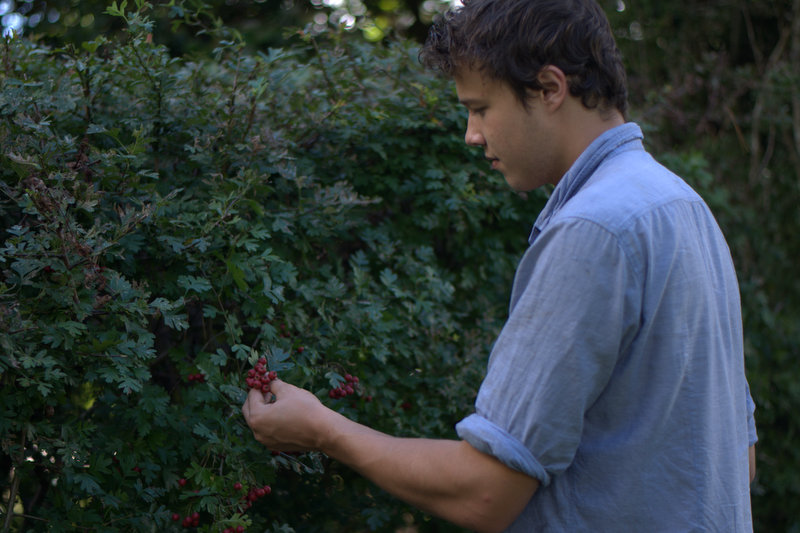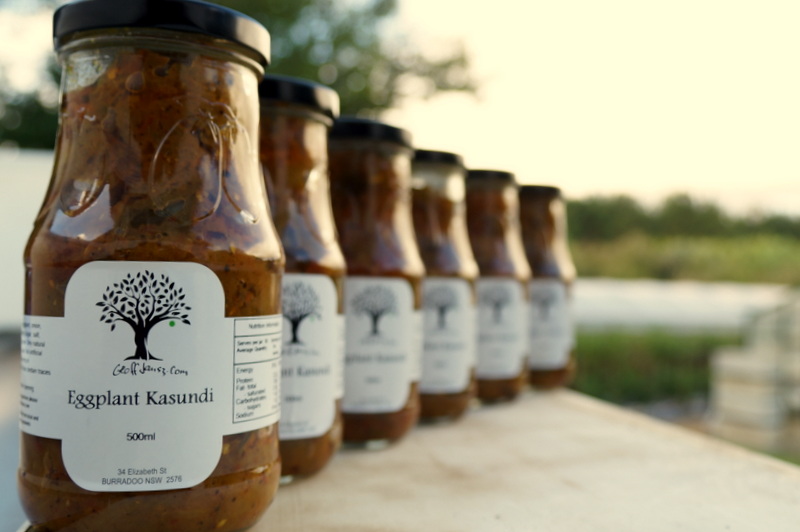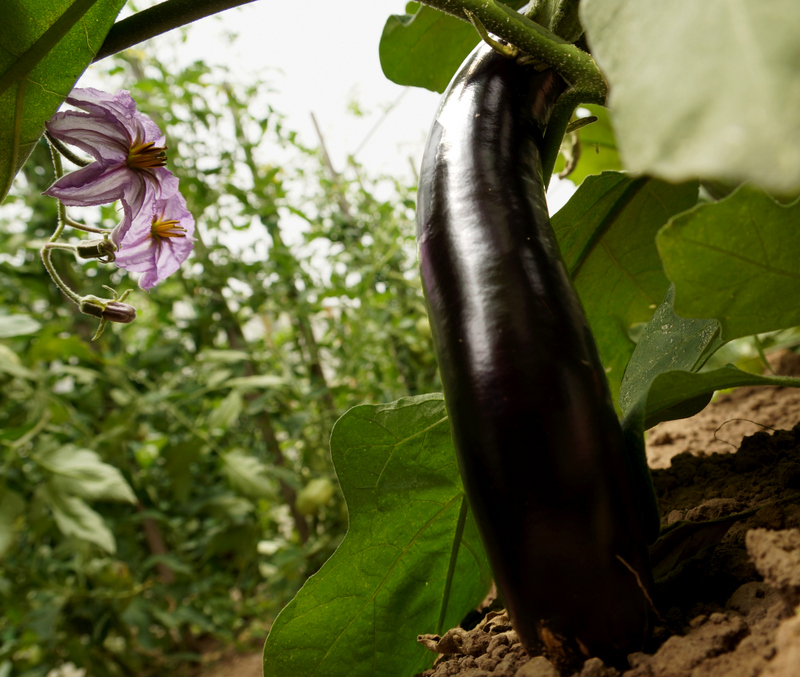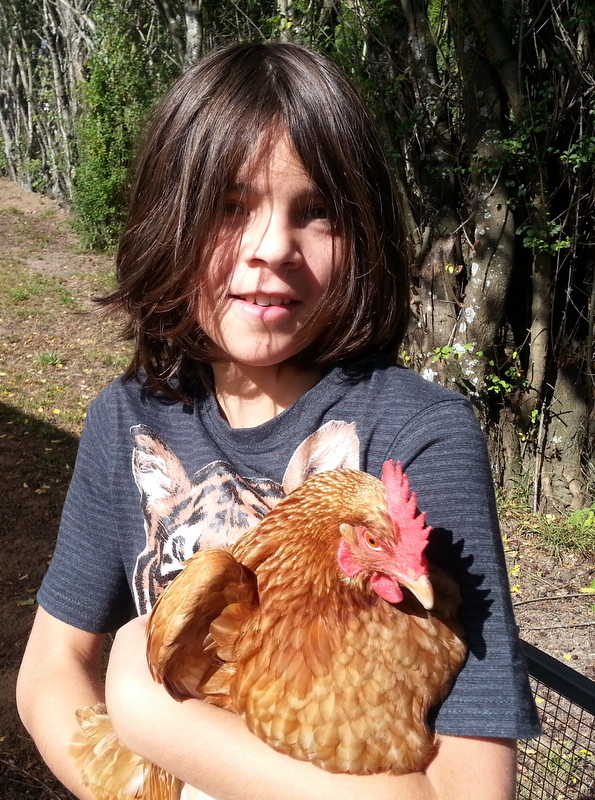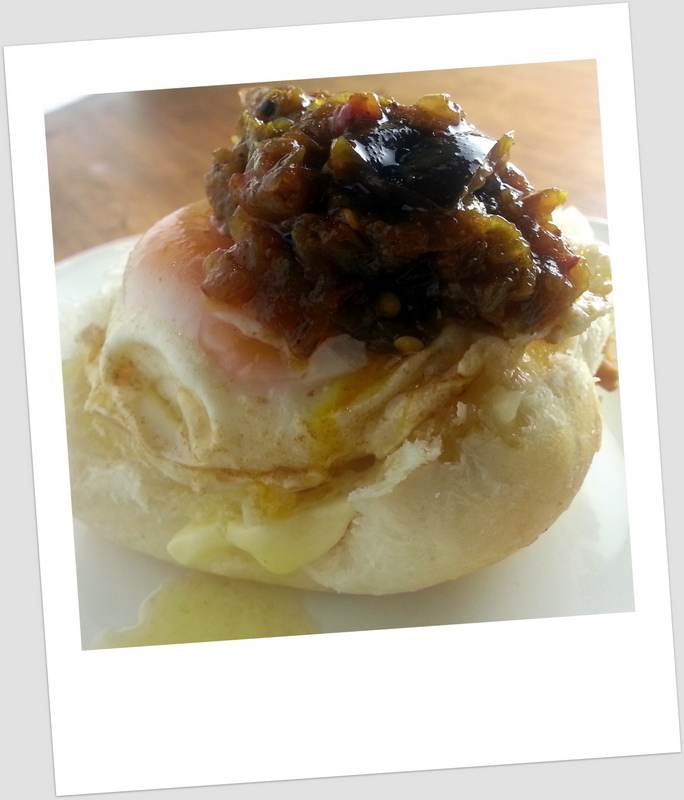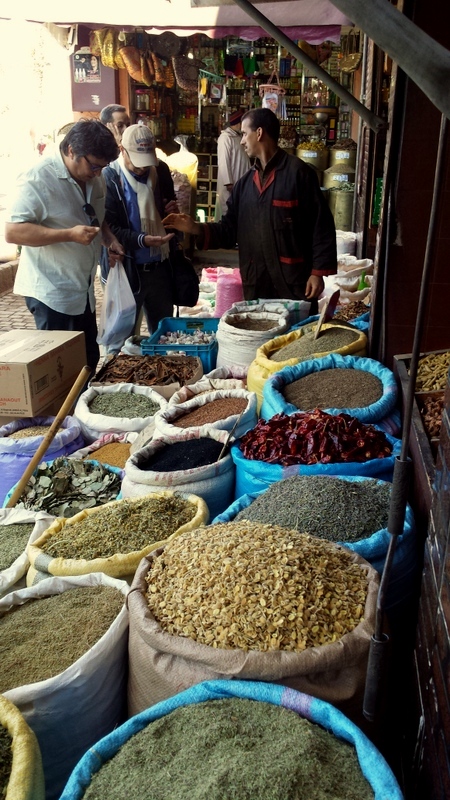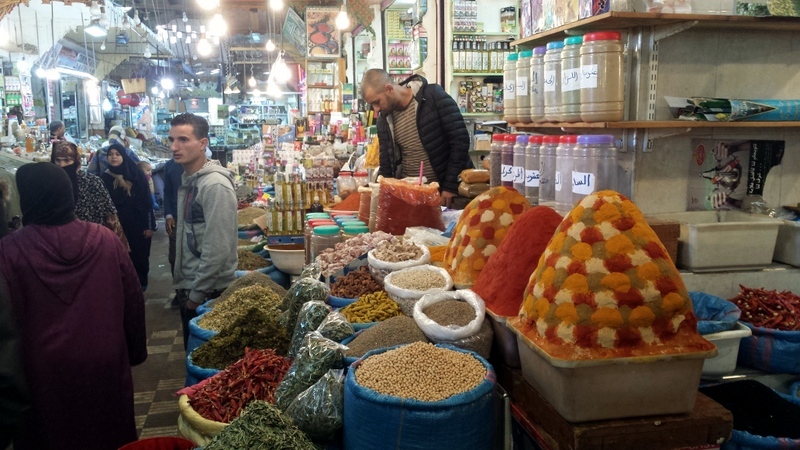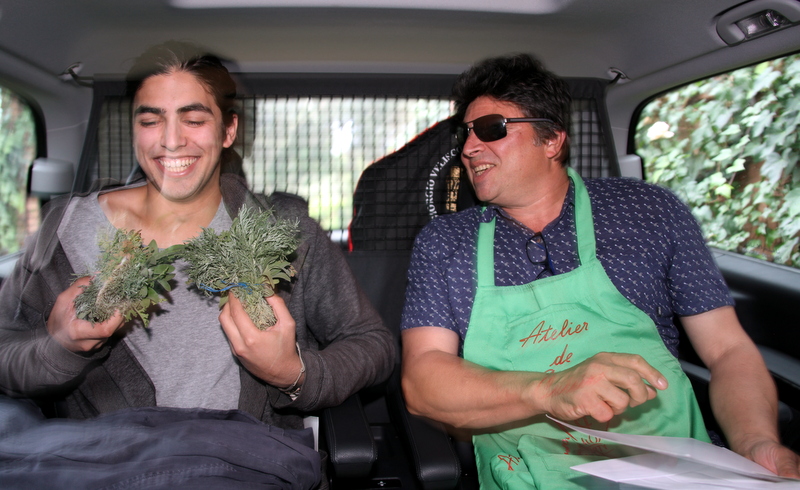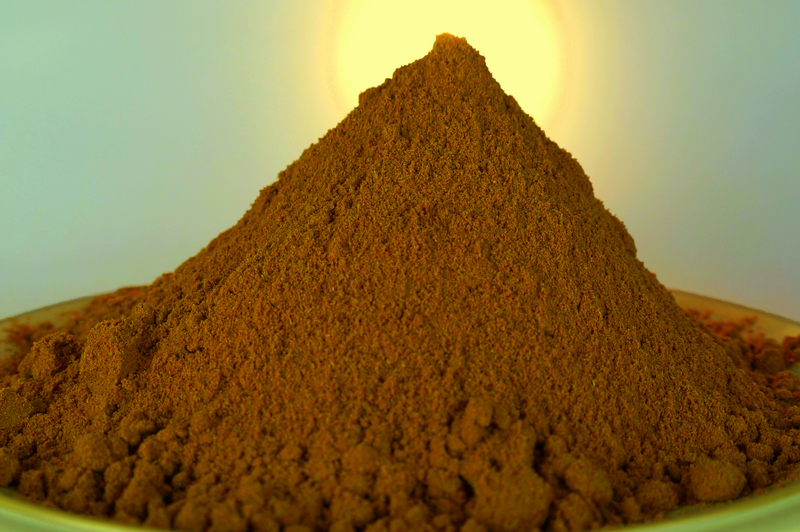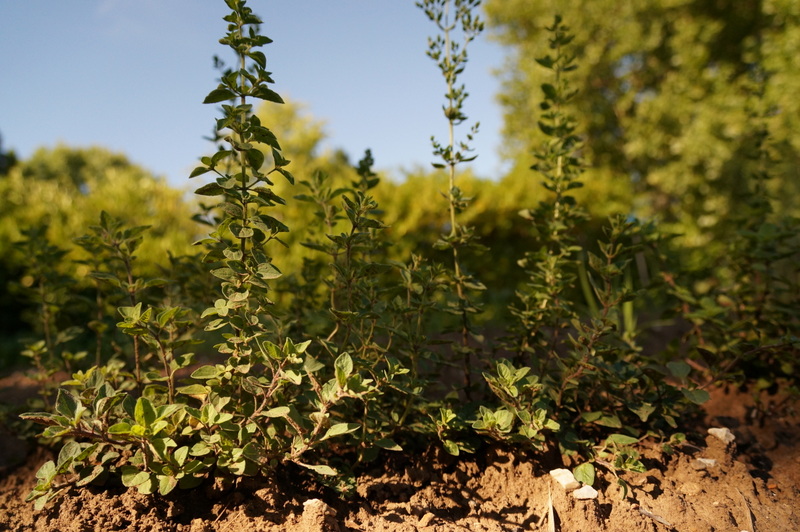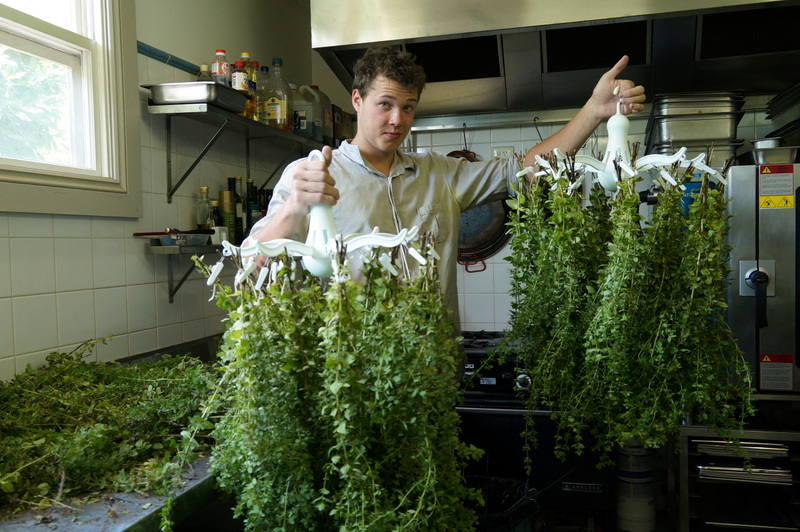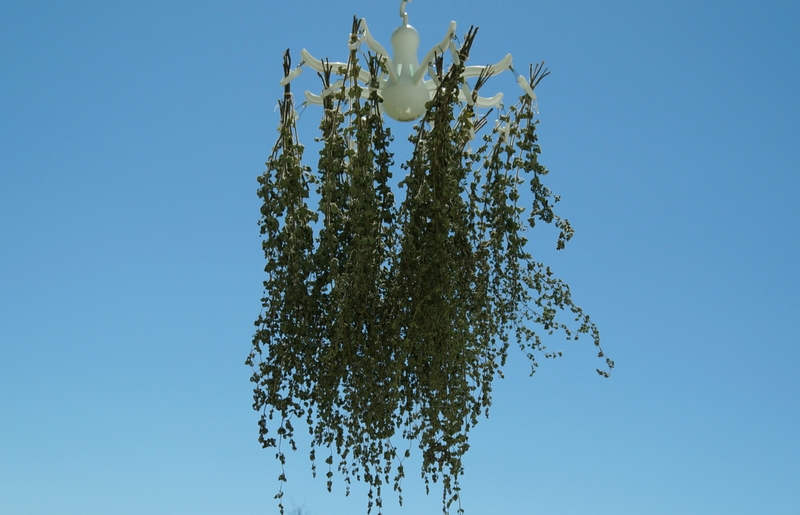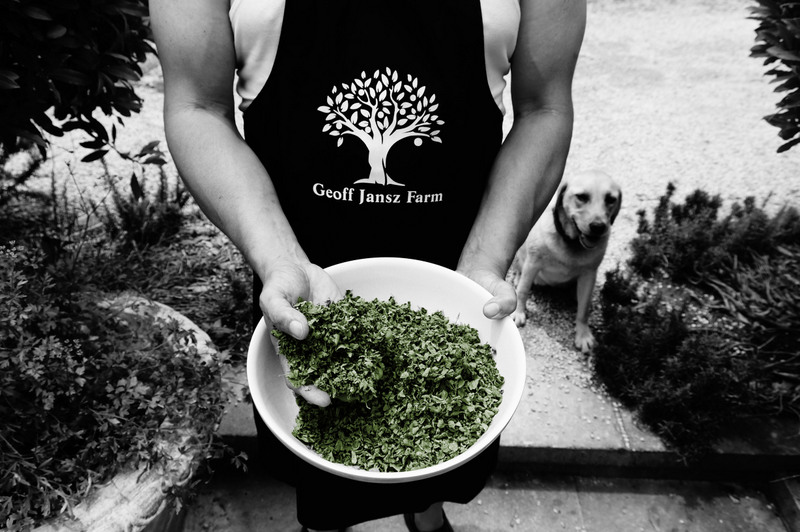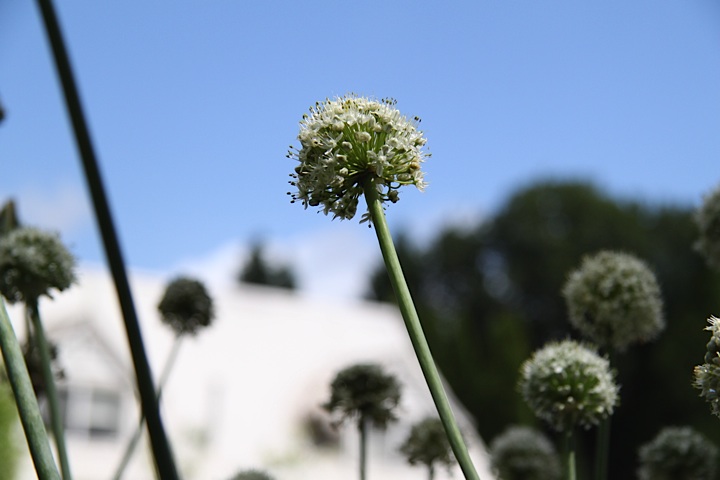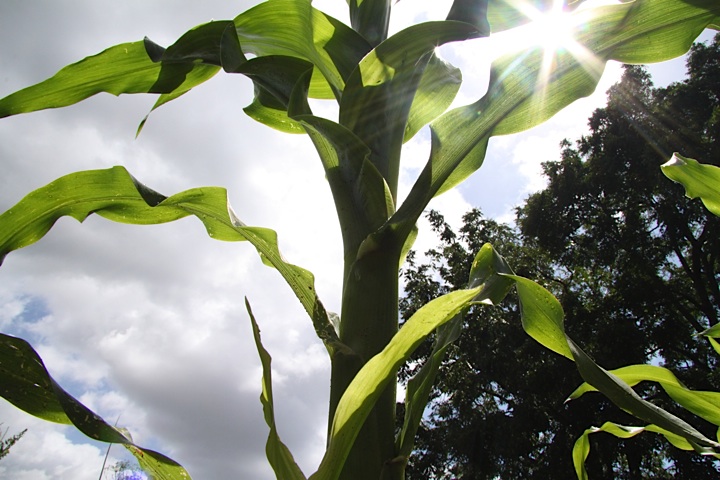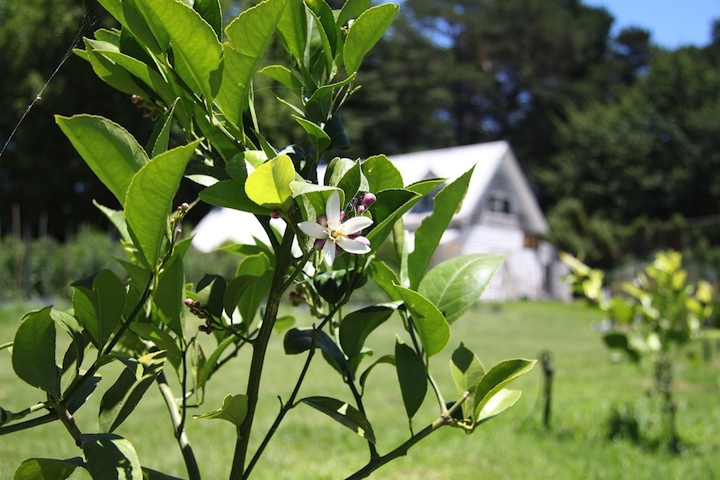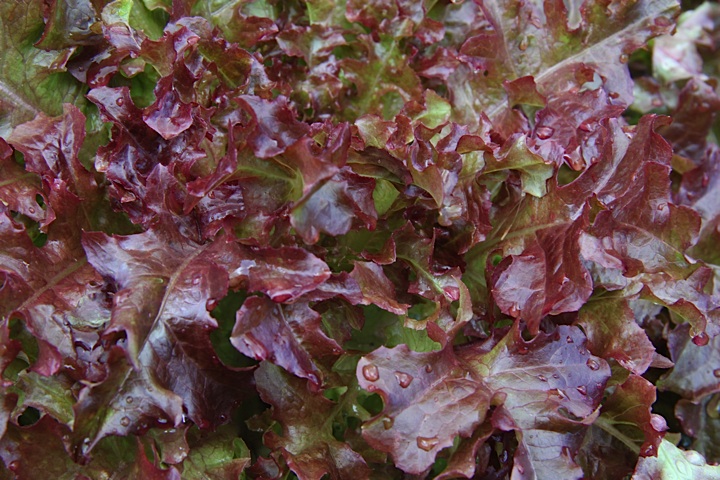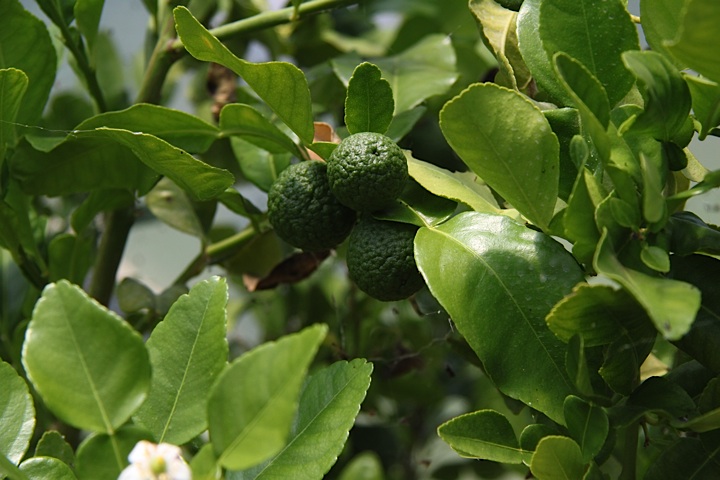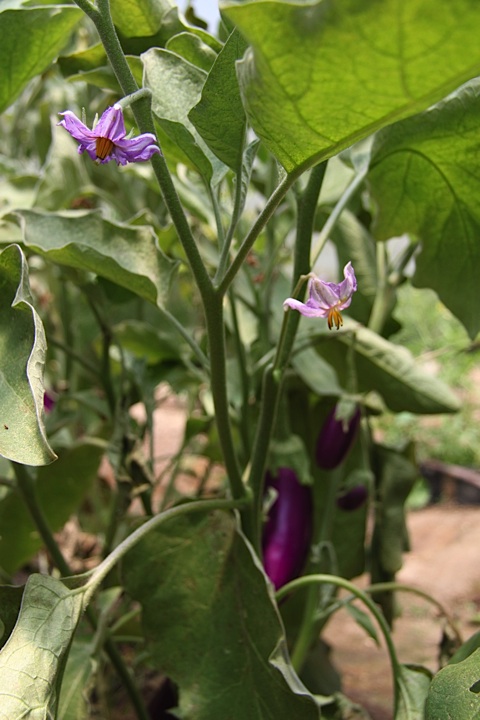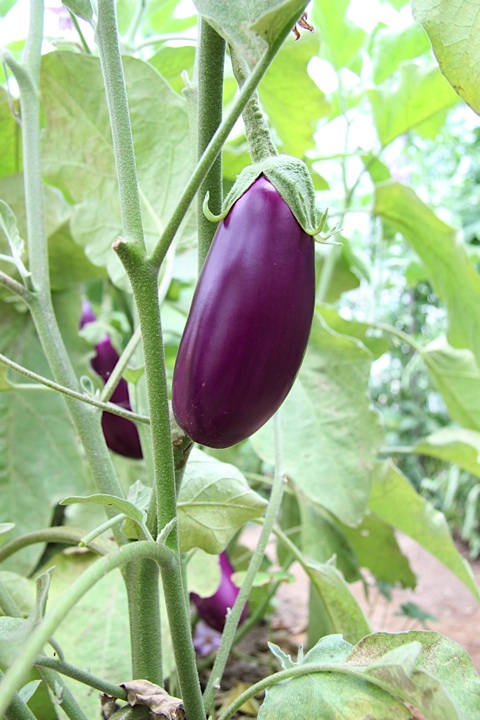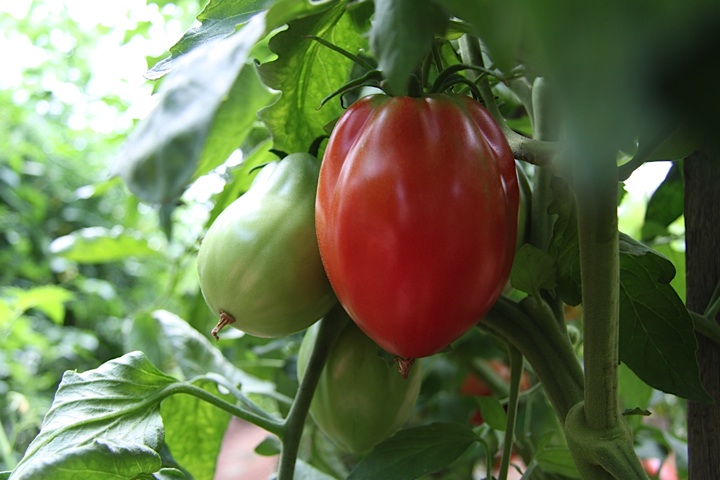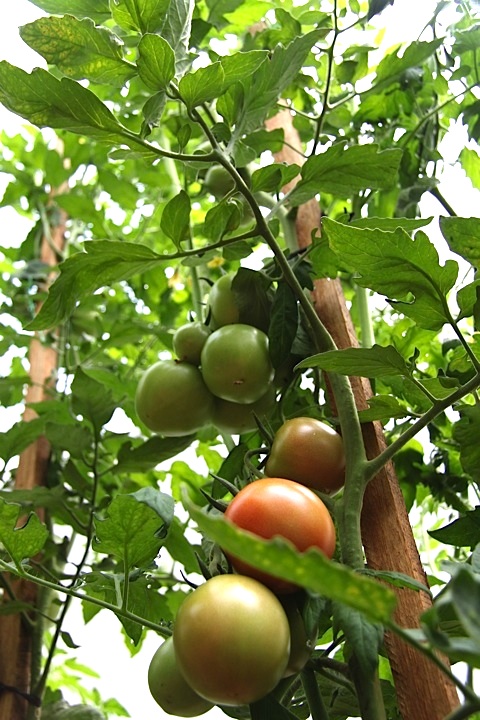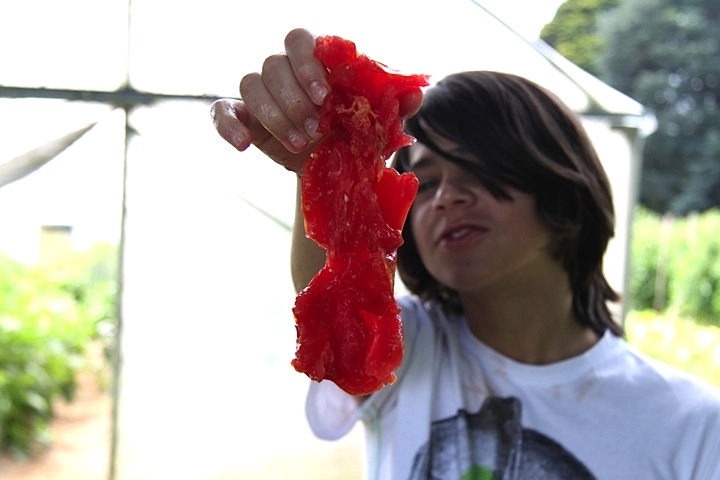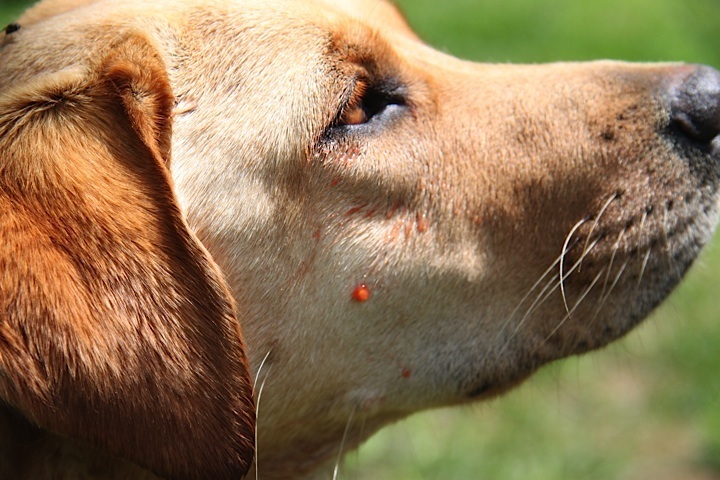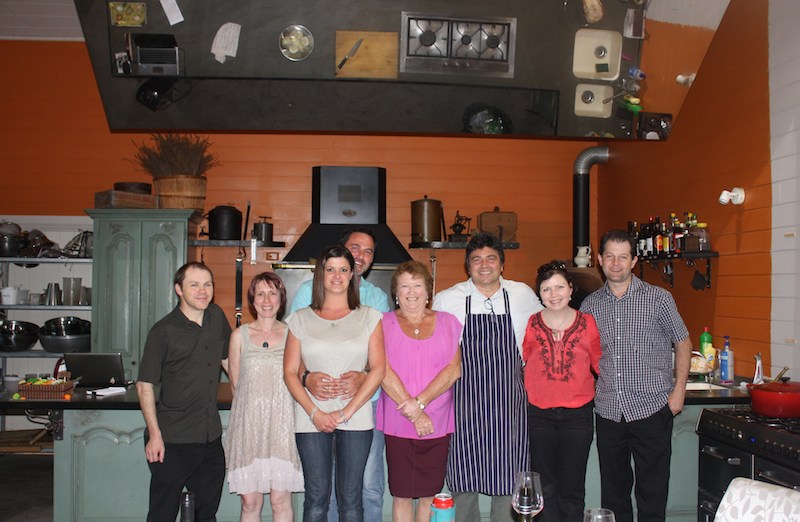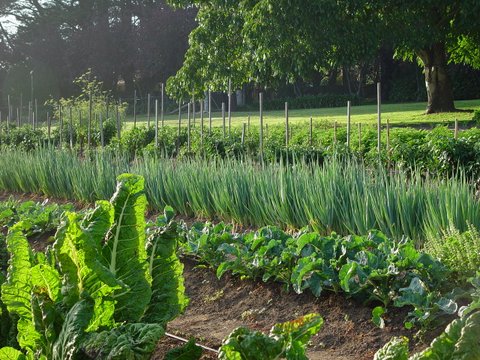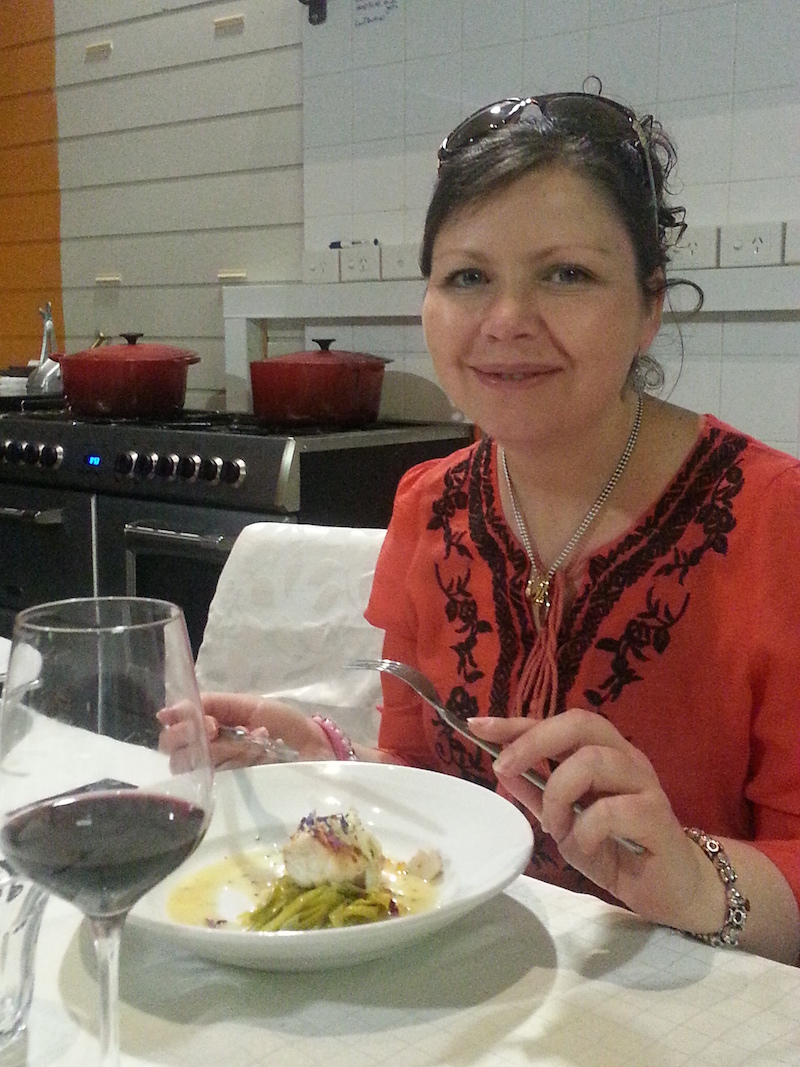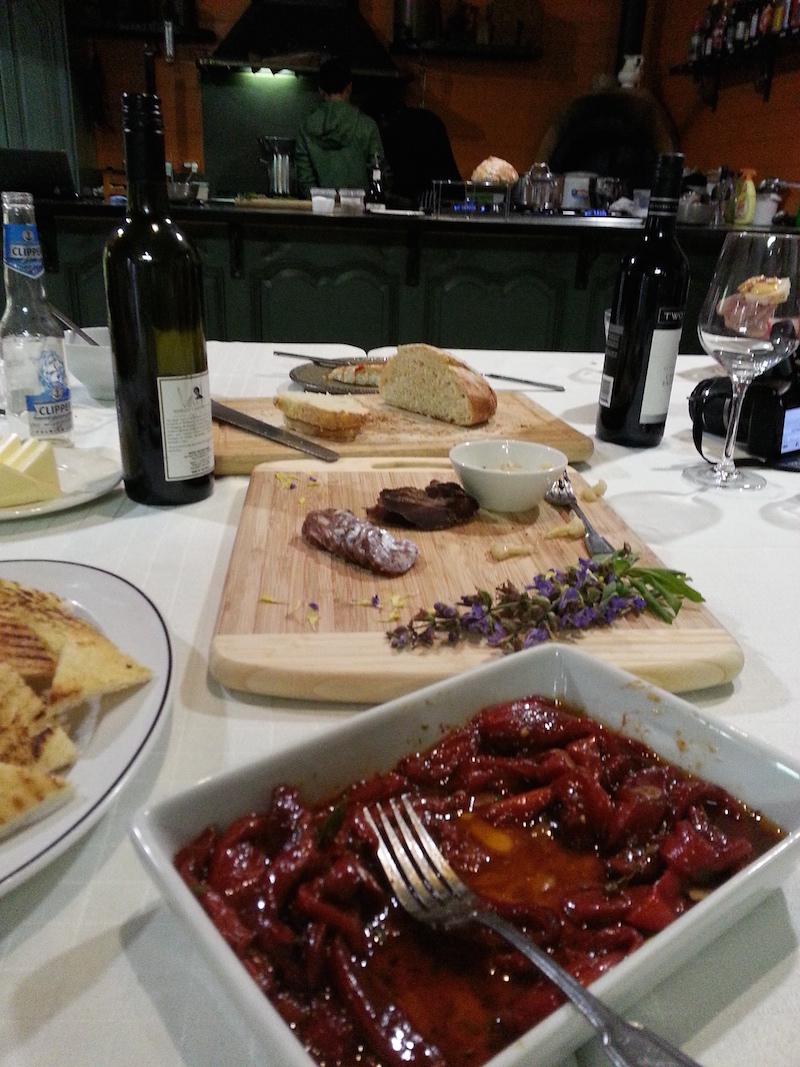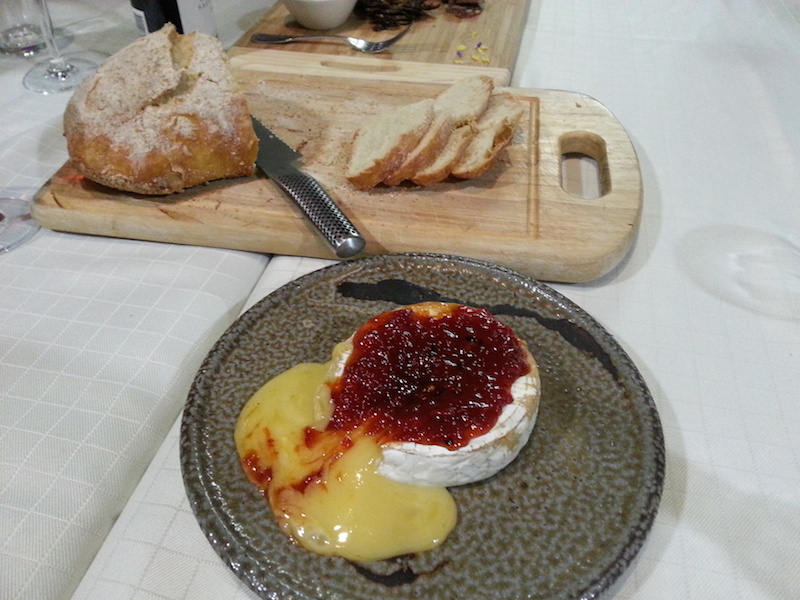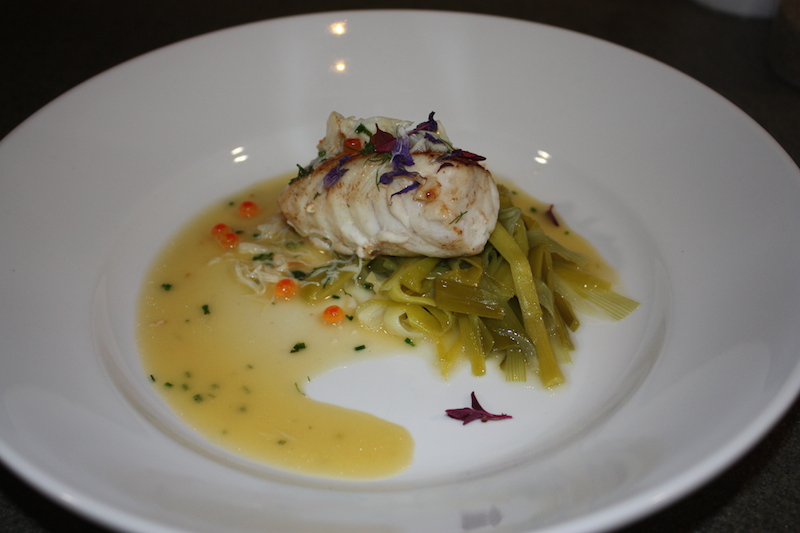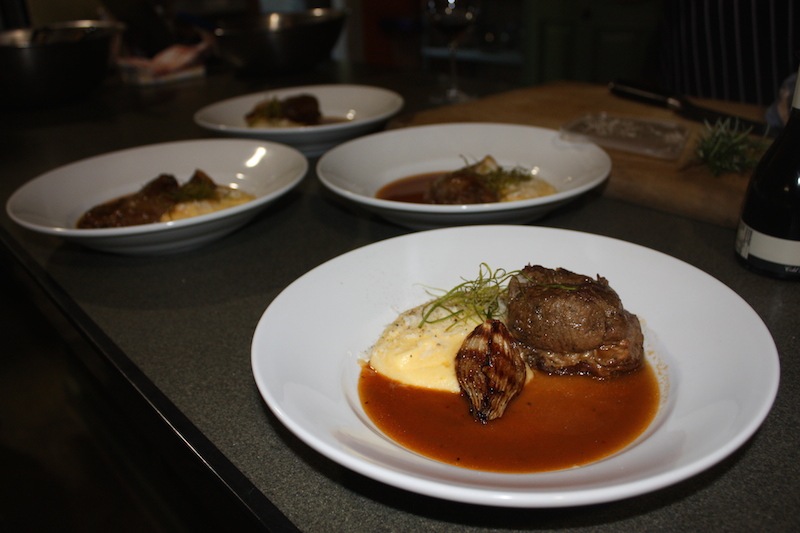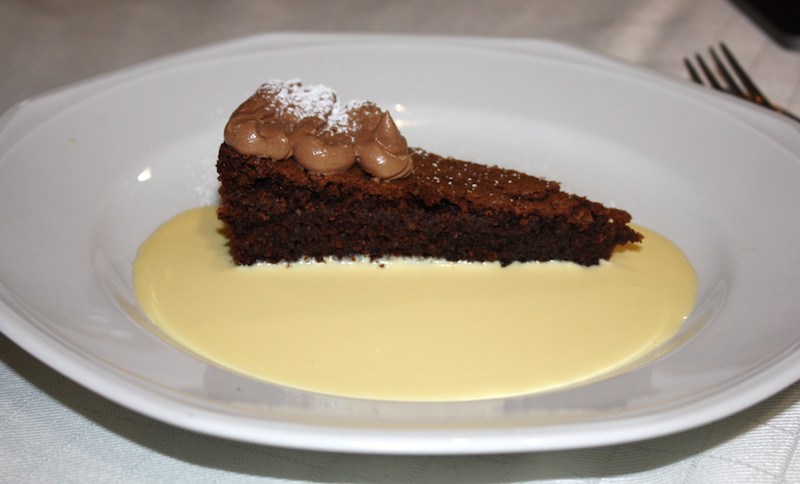Prime Minister’s Lunch, Wombat Hollow Forum
Just the other day our Prime Minister, Malcolm Turnbull, addressed a group of 600 guests eager for insight into the mind of the leader expected to lift Australia to great heights.
Our national pride and optimism was about to be on show in its full, stirring glory. Not, however, on an empty stomach. This was the task given to me as usual, by Michael Yabsley, my collaborator in the Wombat Hollow Forums…. to feed the mob and whet their appetite for the feast of ideas and inspiration to come.
The strategy was simple; showcase the outstanding work done by our farmers and small producers… add a few creative touches and in my address to the group, let them know that due to the efforts of farmers and producers like those here today, Australia had now climbed to second place on the list of world’s greatest eating and drinking (wine) nations. Look out France…. we’re a very young nation when it comes to modern cuisine, and with a silver bullet AND you’re in our sights.
I’m very pleased to report the day was an outstanding success, and much of it was due to the participation of the following. In alphabetical order;
Scott Wilson and his Mum, Maureen Wilson, have been growing high country Black Angus Cattle in Scone for 30 years. The hand selected and dry aged tenderloin especially for my Korean inspired char grill with bok choy and sesame bean sprouts had carnivores mooing for more.
Ice Cream – The Pines Micro Dairy Farm Kiama (And on facebook )
Kel and his wife Mahlah milk just 18 Holstein cattle, are 6th generation dairy farmers who value being a small producer because “It’s easier to produce great quality, remain sustainable and ethical and exactly fit the customer’s needs” Amazing!
Truly and remarkably inspiring. Well done… your Vanilla Ice cream was a hit on top of 5 apple frangipane tart… apples picked from our family orchard the day before.
Meat Pie – Shepherd’s Artisan Bakehouse (and facebook)
Can’t get more Australian than this, can we ? I made our family favourite pie filling… Greek Lamb. This was delivered to Shepherds Artisan Bakehouse in Sefton, where Michael Shepherd applied his artisan craft as master baker and transformed them using his outstanding handmade pastry and decades of experience into the raved-about “Prime Ministers Pie”. I tip my hat to Michael’s bakery skills, manipulating temperature, oven moisture and time to create the perfect balance of filling to crisp light pastry. Bravo! Jack Mitri who was also representative on the day felt it was fit for a king and shouldn’t be wasted on a mere Prime Minister.
Jack is now in prison.
Oysters – Signature Oysters Australia (and facebook)
Ewan McAsh and partner Louisa (looking like super model triathletes) personally retrieved outstanding oysters from the Clyde River in Batemans Bay at 5 am and shucked them fresh as could be to bedazzled guests 6 hours later. Many thanks to my fish hero and friend, John Susman from Fishtales for introducing me to Ewan as the obvious choice of someone who encourages farmers to fully grow out oysters rather than rushing them into market for a faster dollar.
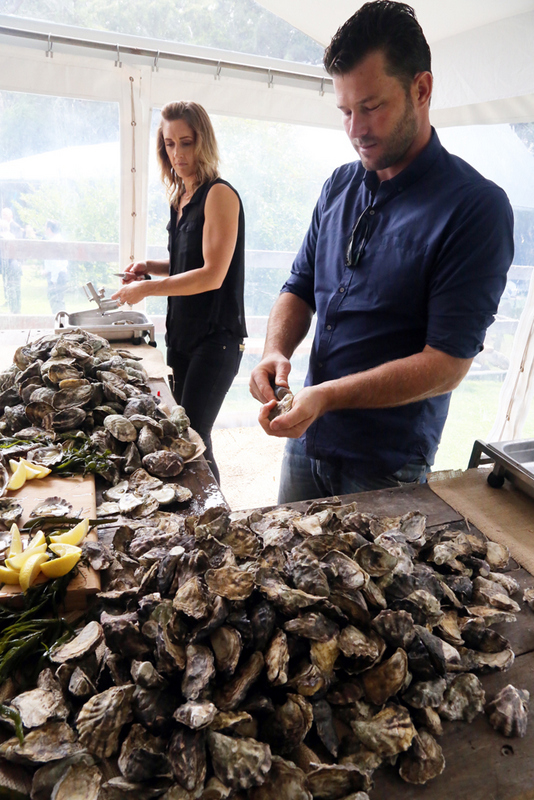
Ewan and Louisa from Signature Oysters Australia
Salami and Salad Bar – Salumi Australia ( and facebook)
We are all huge fans of the outstanding charcuterie being produced by “Salumi Australia”. Michael Dlask … nicknamed “the Smiling Slicer”, cheerfully carved off slice after slice of perfectly moist, properly aged and full of lingering, complex, sweet and interesting flavour.
Please lord, in my next life make me a pig and may Michael and master salumier Massimo , turn me into their cacciatore.
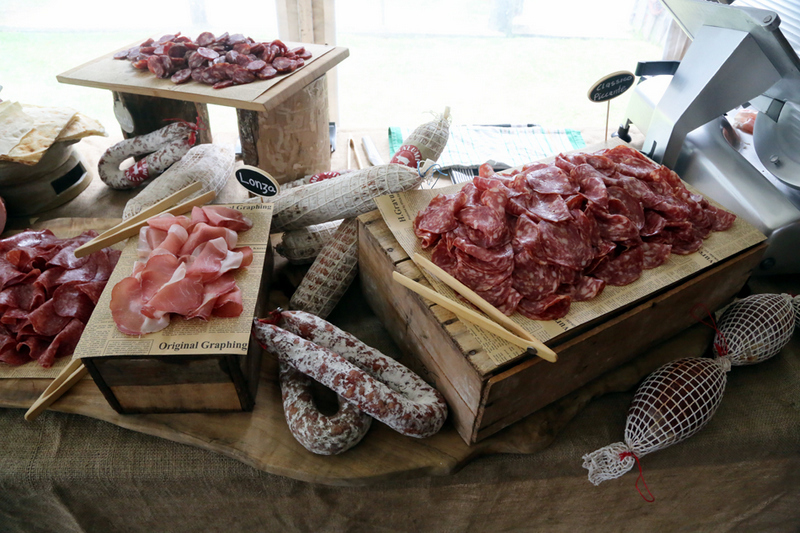
Charcuterie by Salumi Australia Image Edmond Thommen
My team and I, of course spent days prepping for the event, but felt honoured to be working with the people and produce thus named.
If you’re considering a gathering where food is to be served, let me highly recommend that you contact any of them to supply show stopping quality which will have your guests raving.
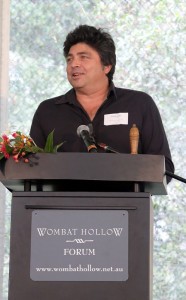
From Geoff Jansz Farm, our team, Michael and Susie Yabsley…. and I’ll bet, The Prime Minister… a very big thank you.
Images thanks Edmond Thommen
2015 and Beyond
2015, the year of my return to the professional stoves, has been fantastic. Wombat Hollow Forums with Michael and Susie Yabsley have centred on art, music and fierce debate. The Farm Table Restaurant at Mittagong put into use the amazing produce from our farm and food and wine dinners with local winemakers kept the palate challenged and sated! Our very private cooking classes stepped up the Lessons From the Farm.
It has been uplifting to connect with my professional restaurant instincts and skills, and I’ve loved every minute of sharing my deepest passion with all the wonderful visitors to the Farm Table Restaurant. This chapter has drawn to a close as we move on to other food projects and focus on strengthening existing activities. It has been quite a surprise that so many regular diners from my Aviemore Restaurant days in the late ‘80s and early ‘90s came to reconnect and share a meal with us again. Of course, this is where my garden to table philosophy and lifestyle was born all those years ago. So many shared memories, thank you. The biggest bonus though was the opportunity to establish a professional relationship (in addition to a loving one of course) with my son Harrison, who graced our tables with charm and professional skills. That makes a father very proud indeed.
There are a number of diverse and exciting opportunities coming up.
My collaboration with Michael Yabsley at Wombat Hollow, which developed over much of 2014 and 2015, will continue in the new year. His dream is to build a centre of excellence for the arts and culture and a forum for progressive business discussions featuring prominent leaders in their field, all around good food. Michael and I are excited to pursue this combined vision together.
In 2008, I began a venture with Thomas Dux Grocers. Through my collaboration with Pat McEntee, I was charged with the task of developing a team who could understand and procure wonderful artisan products for customers of their specialist small grocery stores in Sydney and Melbourne. Seven years on, I still provide my hand made pizza bases through Thomas Dux, and I’m pleased to say that I will be back in store with Harry and my team to inspire with some new products from the farm and new ideas for creating some unique pizza creations!
Through the luxury travel company, Abercrombie and Kent, I have been taking gastronaughts around the world on food adventures. We’ve just completed an outstanding tour in Morocco with a terrific group, who assure me that there are still some fine rugs and artefacts left in Casablanca! The culture around markets and food is extraordinary. I was fortunate to take Harry with me on my first trip, a reconnaissance mission to put the tour together, and in early January, I will be going to map out the next tour… in Sri Lanka. This time my skilled eating and photography team will be daughter Natasha and son Jonny and together we will seek out and taste all that is delicious and intriguing on the emerald isle. The guided tour through A & K will be in October 2016 (see here for details).
Of course, as always, we will continue to focus on hand made products from the farm, and for now, you can taste these for yourself at Eveleigh Farmers Markets in Sydney, where we have a weekly stall. This is such a great venue at Carriageworks. The historic and atmospheric site is undercover, so we are on rain hail or shine, and of course you can make a day of it and take in a performance in the afternoon or evening just across the track.
We continue to have our products available online, in a number of local stores in Bowral, including Highlands Hampers . Carol from our local Harris Farm Markets is a real foodie, was a regular at the restaurant and a champion of local produce; I love working with her. She has arranged a fabulous local section at Bowral Harris Farm, displayed magnificently on an old cart and here you will find our Roasted Capsicum Jam and Bread and Butter Cucumbers along with those of other quality local providores.
I’d like to wish all our friends and partners a safe and enjoyable festive season; may good food, wine and friends always grace your table.
For updates, best place to keep in touch is through facebook and Instagram. Twitter as well, when I remember.
Gathering Mushrooms
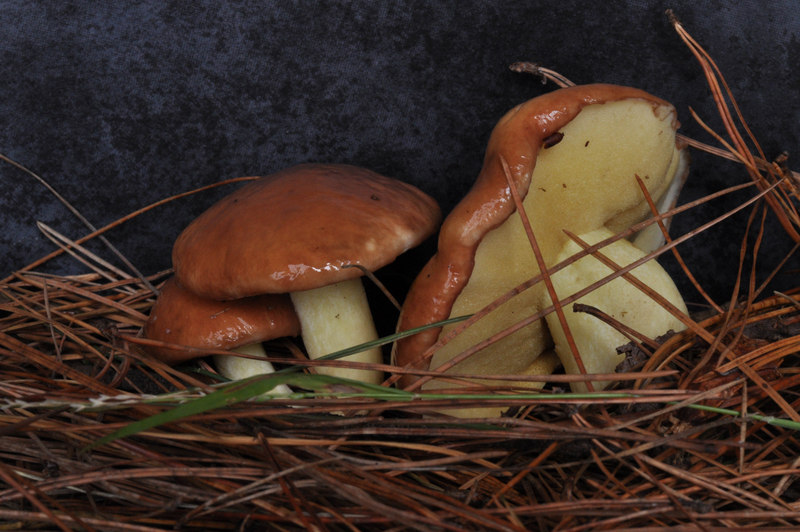
Autumn is a very bountiful time of the year in our garden and out in the wilds. This year we’ve been busy getting ready to open a restaurant, and ‘shrooming has not been a high priority. However, on the weekend, driving along the main road between Bowral and Moss Vale (OK, Burradoo actually) I noticed some pine mushrooms growing in the grass on the footpath. So we stopped, took some photos, picked them and headed home.
The plan had been to teach Kai the art of hand making pasta, but the afternoon evolved into a lesson on how to take a handful of wild mushrooms and transform them into a wonderful, rich ragout to serve with our fettuccine and feed a hungry gathering of family and farm helpers. While I don’t recommend you go gathering mushrooms for dinner unless you are 100% sure you can tell the difference between the delectable and the deadly varieties, I do suggest you find a tried and true (surviving) shroomer and do as we did. Gather the troops and have a cook up… all hands on deck.
Drink Pinot and don’t spare the Parmesan.
Here’s our day in pictures…
Pictures and videos thanks Antoine Moreau
Chestnuts… Are they really worth it?
Around March/April in Southern highlands of NSW, Australia, our 3 giant trees provide a prickly problem. First we have to beat the cockatoos to the crop, then harvest these vicious little alien spike-balls, somehow prize the attractive sleek varnished pod from it’s torture chamber, and remove two stubborn casings before they’re cooked and eaten. If it was the chestnut, not the apple Eve offered Adam, we’d still be in the Garden of Eden.
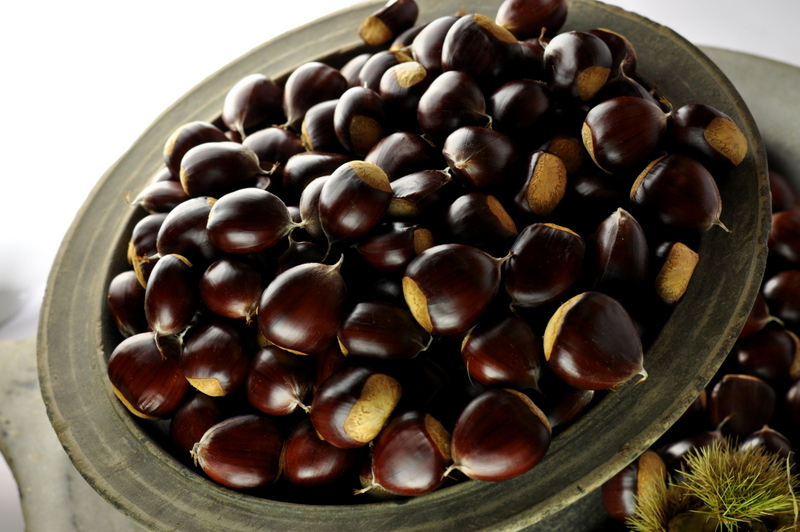
However, as a chef, I can’t resist them; they’re implanted in my Autumn psyche and have found a way to be incorporated into my cooking routines, rather than being the sole culinary objective for any particular day. They will pop away in my woodfire oven in between pizzas or simmer away on stove tops as I cook other things.
However… Are they really worth it? You be the judge. With a sharp knife cut the outer shell and peel it away, simmer the chestnuts with bicarb of soda, changing the water three times (this removes the bitterness and helps remove the pellicle layer) then poach them gently in a port, red wine and sugar syrup. I will be serving these with guinea fowl, pheasant or duck at the Farm Table Restaurant (stay tuned!) But make them for yourself to try before you buy if you want.
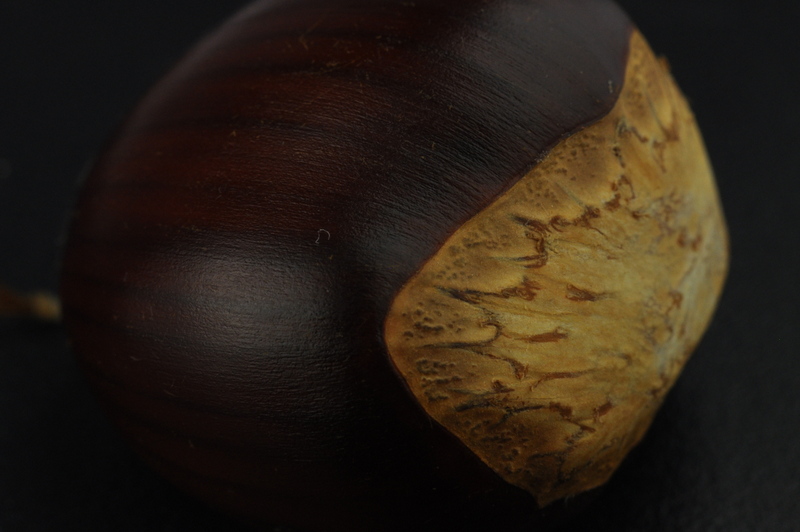 Image : Antoine Moreau (Instagram)
Image : Antoine Moreau (Instagram)
Jelly King
I have a personal philosophy that is “nothing is difficult”. All one needs to do is achieve the next step, which is rarely a stretch. There may be lots little steps, but none are a giant leap. It’s handy having someone experienced to guide, but it’s more important to enjoy and learn every step along the way. A little bit of “don’t forget to stop and smell the flowers”.
Take Kai, a tall, good-looking German lad working for a small stint with us at the farm, backpacking on a life journey. Like most 19 year olds, discovering the pyramids goes hand in hand with discovering oneself. So here we have it, Kai working on the farm pulling weeds, picking fruit, planting seedlings and popping in for lunch. Loving lunch, and as time goes by, really loving lunch.
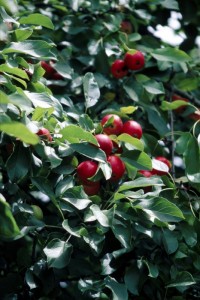 “How did you make that?” “Can I see?” “What are you making tomorrow?”
“How did you make that?” “Can I see?” “What are you making tomorrow?”
Over the years we have had many a farmhand and many a lunch, but every now and then I encounter someone with a genuine curiosity about my life passion… food. My next step is to try to put them off.
“Kai, tomorrow, you are in the kitchen with me. You and I have a lot of onions to peel for the spiced tomato relish.” Four hours later, after lots of tears and laughs, “Is that a good knife?” “How do you sharpen it?” “Can I try?” Really? My work is cut out now; I’ve got to try harder to put him off.
So it’s scaling fish and wiping down the bench, neither scale nor aroma to be found. “Can we get some wild fish from the river and do this again? What are we doing in the kitchen tomorrow? I can do this after the garden work if you want”
Well that settles it, we have a foodopath on our hands. I recognise the instant connection, the enthusiasm and the never ending stream of ideas.
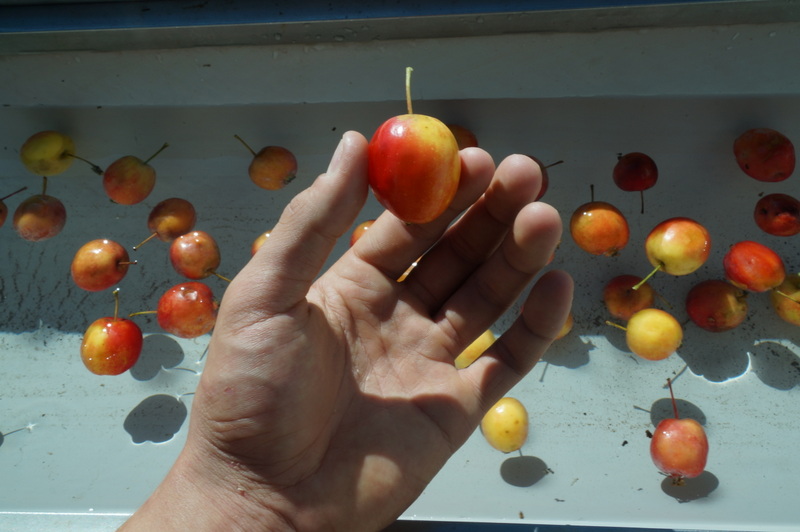
“OK Kai, tomorrow we are making crab apple jelly” For those of you still reading and have ever made a jelly, you will know how many wrong turns there are on the way to the perfectly set, crystal clear, aromatic, slightly acidic king of jellies. Well guess what? Kai made none of those wrong turns. We picked the fruit, only the right tiny apples, washed them, discarded the stalks, cooked the mash and drained it through a home made jelly bag. The next day we measured the sugar, boiled down to setting point and bottled. King of Jellies!
A dozen or so simple steps, made without compromise and without the temptation to cut corners. To Kai, jelly making is easy, and guess what… it is! Tomorrow we are going around the hedges on the farm and picking the hawthorn berries and yes, making jelly. Piece of cake!
Eggplant Kasundi with egg, of course.
Our mother, Val, would line up her 5 sons and make us drink egg flips… Raw eggs, blended with sugar, milk, and vanilla. My brothers and I are planning a class action and are determined to have our day in court.
I now have a horrible aversion to the taste of raw egg yolk. Over the many years of presenting food programs for TV there have been loads of strange foods I have had to eat for the cameras; crispy grasshoppers and scorpions in Vietnam, sheep eyeballs in South Africa, most of the food in the USA, but to this day, I cannot overcome my soft-yolk-phobia.
With my 2014/2015 crop of eggplant being mind-blowingly good, I worked on a really special recipe and created an Eggplant Kasundi (Indian style spicy relish). Everybody seems to love it. Jonny (my 11 year old son – great palate, creative and brutally honest) is my most inspiring food ideas person.
When asked, “Mate, what would you eat with this Eggplant Kasundi?” he shrugged his shoulders and frowned in the manner of someone thinking , ‘Isn’t it obvious’ and said “Eggplant Kasundi?…. have it with an egg. But Dad, you have to eat it with soft egg yolks so the flavours can mix and become like a sauce.”
Even after I explained to him that eating soft egg yolks can cause your arms to fall off, he urged me to “Just try it”.
Well guess what? Jonny was right. Lashings of butter on a lightly toasted soft bun, topped with soft fried egg and the star of the show, eggplant kasundi… Heaven! Even though the flavour of soft egg yolk still comes through, it is blended into the tapestry of spices and other ingredients in the kasundi and combines to become a most interesting and satisfying breakfast.
I’ve only made a small batch of Kasundi which I will make available at the Bowral Markets this coming Valentine’s day (February 14); you’ll fall in love with it.
The second cumin’… A revelation
I brought a couple of kilos of cumin back from Morocco last month. It was ground before my wide eyes and under my amazed nose at a market in Marrakesh and I was determined to get it home. The aroma was incredibly intense and very complex with overtones of lemon, mild fennel and menthol layered amongst the unmistakable cumin curry character.
My travelling companion, son Harry, calculated that we would probably have to swallow about 12 balloons full to get through customs, but fortunately we were able to have it professionally packaged, and we thankfully moved on from that thought rather quickly.
Couldn’t wait to get into the kitchen. My spice dishes were really going to sing now… I had a secret weapon and was prepared to use it. Boy, did I get a surprise; I couldn’t simply substitute this probably Turkish-grown, Moroccan cumin for my usual Indian sourced cumin. Not even adjusting the dose would prevent my dishes from taking on a completely different character. Who the hell is this guy in the cumin suit?
On the surface, Moroccan cumin would appear to be a more intense version of say, Indian cumin. But although this is true, what it seems to do is jump into the recipe, call a meeting with the other ingredients, and talk them into trying something different.
To vindicate this I visited Les at Grahame’s Spice World in Yagoona. Les is a long time spice aficionado and along with me, a friend and admirer of Ian Herbie Hemphill, our Aussie spice authority. In a nutshell, Les knowingly confirmed my experience and now I am going to look even deeper into the mysterious, exotic intricacies of adding spice to my life. Les, some of his staff, and I have arranged to meet and cook meals together to further drill down into the nuances and possibilities of specific ingredients… I’ll keep you posted.
In the meantime, why not join my at my farm on March 22nd for a cooking class with a Moroccan theme. I’ll be sharing what I’ve learned on my trip and making some interesting dishes with ingredients grown on the farm combined with freshly ground North African spices from Les, and of course, the contraband cumin.
Greek Oregano
As I know and use it.
Here’s the general consensus: true Greek oregano, sometimes called wild marjoram, grows wild on Greek hillsides but essentially is the same plant as all other Mediterranean oregano. Being related to, or originating from the mint group of herbs, oregano, just like mint, easily forms hybrids. I’m sure you have encountered pineapple mint, lemon mint and plenty of other mint manipulations that beg the question, why? However, the main point is this. If you grow oregano (and mint) it’s quite possible that Mother Nature will cross-pollinate with other genetically compatible plants, thus producing an altered version of the original oregano. Or so I have been told and have separately researched.
However… Being the annoying one at dinner table discussions (“why do you have to question every-bloody-thing, Geoff!?”) and having drawn on my own personal experiences growing oregano, I’m not quite sure that I agree with this theory. The oregano you see in these photos are from my original plants dating back to our two restaurants nearly 30 years ago. They have provided me heady, room filling oregano aromas every one of those years, despite moving farms on two occasions. If the theory of oregano being easily influenced (genetically) is indeed true, there is a likelihood of a change of culinary impact: aroma, length of flavour, strength of flavour, altered nature of flavour and so on. There may also be evidence of altered plant growth: taller/shorter, earlier/later cropping, more/less flowers and so on. But I haven’t noticed any of this.
I harvest oregano at the same stage every year, when the flowers have fully formed and matured. For me, this is when the plant seems to put out its most potent oregano contribution when dried. That’s right, I prefer dried because it’s these concentrated, somewhat assertive, volatile oils that give my dishes the kick I want. Although, I do love fresh leaves with lemon, extra virgin olive oil and chilli for grilled fish; it looks so pretty.
I tried, this year growing some in my poly tunnel, but some German backpackers decided they were weeds. So far, no one has found their bodies. No matter, I will try again next season.
Having also tried the imported dried Greek oregano, and although very good, I will stick to mine. No great claim being made here, it’s just the oregano we grow is heaps better.
Anyway, check out my Facebook page confirming when Russell (my brother) and I will be attending Bowral Public School Farmers Markets. I’d be happy to have an Oregano chat with you. I haven’t even touched on Mexican Oregano… Haha!
Images thanks to Antoine Moro
January on the Farm
Lunch at the Farm
There was something symbolic and deeply satisfying about a lunch enjoyed by a small group of competition winners at my farm just recently. Here’s the background:
My Brother, Russell and I are on a quest to firstly, develop my small farm to produce exactly the perfect ingredients for our small range of artisan products (have a look at our Store to see what they are). There’s one particular tomato, a small range of chillies, garlic, ginger, herbs and a few other crops that create the flavours which are unique to my cooking; much like how ‘terroir’ describes the conditions that impart a uniqueness to a particular wine. So, we are not at the mercy of what is available only at the marketplace in order to prepare our foods.
Secondly, and importantly, the traditional way of getting products to market are being challenged. We are not employing designers, agencies ordistributors, organising a launch, paying for an ad campaign and so forth… All of which adds cost to the final product. Instead, we are taking a “slow burn”approach of trying to directly reach people who get it, love it and want to share it.
Kim Alford and her friends celebrate food regularly. They appreciate Russell’s and my efforts and are fans of our products. Kim won a competition we did online for the best, most creative use of our products in a recipe. The prize… lunch with us.
We had a ball. Now, we have seven more advocates for our food and philosophies who in turn want to share their stories and experiences with their other friends. We believe this is a better way for food to be prepared and provided; it’s genuine, open and somewhat community building.
I’d love to see lots of small Australian growers and artisan producers developing real relationships with their customers and cutting out all the middle men and extra cost that is driving the quality of Australian food down and the prices up.
Photos from the day courtesy of Kim Alford and Peggy Anezis.

